Market Growth Projections
The Global Japan Radioligand Therapy Market RLT Market Industry is projected to experience substantial growth over the next decade. With a market value anticipated to reach 1500 USD Million in 2024 and potentially expand to 4500 USD Million by 2035, the industry is on a promising trajectory. The projected CAGR of 10.5% from 2025 to 2035 indicates a robust demand for radioligand therapies, driven by factors such as increasing cancer incidence, technological advancements, and supportive regulatory frameworks. These growth projections highlight the potential for innovation and investment within the RLT market, positioning it as a critical component of future cancer treatment strategies.
Increasing Cancer Incidence
The rising prevalence of cancer globally is a primary driver for the Global Japan Radioligand Therapy Market RLT Market Industry. As cancer cases continue to escalate, the demand for innovative treatment modalities, including radioligand therapy, is expected to surge. In Japan, the number of cancer patients is projected to increase, necessitating advanced therapeutic options. This trend aligns with the global market, which is anticipated to reach 1500 USD Million in 2024 and grow significantly by 2035, potentially reaching 4500 USD Million. The increasing cancer burden underscores the urgent need for effective therapies, thereby propelling the growth of the RLT market.
Patient Awareness and Education
The growing awareness and education among patients regarding radioligand therapy significantly influence the Global Japan Radioligand Therapy Market RLT Market Industry. As patients become more informed about their treatment options, they are more likely to seek advanced therapies like RLT. Educational initiatives by healthcare providers and patient advocacy groups are instrumental in disseminating information about the benefits and availability of radioligand therapies. This heightened awareness is likely to drive demand, as patients actively pursue innovative treatment solutions. Consequently, the market is expected to experience increased growth as more patients opt for RLT as a viable treatment option.
Regulatory Support and Approvals
Regulatory bodies in Japan are increasingly supportive of innovative cancer therapies, which is a key driver for the Global Japan Radioligand Therapy Market RLT Market Industry. The expedited approval processes for radioligand therapies facilitate quicker access to these treatments for patients. Recent approvals of novel radioligand therapies demonstrate the commitment of regulatory agencies to enhance treatment options for cancer patients. This supportive regulatory environment not only encourages research and development but also instills confidence among investors and healthcare providers, thereby fostering market growth. The positive regulatory landscape is expected to play a crucial role in the expansion of the RLT market.
Technological Advancements in RLT
Technological innovations in radioligand therapy are transforming treatment paradigms and driving the Global Japan Radioligand Therapy Market RLT Market Industry. Advances in imaging techniques and radiopharmaceutical development enhance the precision and efficacy of therapies. For instance, the integration of PET imaging with radioligand therapy allows for better patient selection and treatment monitoring. These advancements not only improve patient outcomes but also expand the therapeutic applications of RLT. As a result, the market is poised for robust growth, with a projected CAGR of 10.5% from 2025 to 2035, reflecting the increasing adoption of these technologies in clinical settings.
Growing Investment in Healthcare Infrastructure
The expansion of healthcare infrastructure in Japan is a significant driver for the Global Japan Radioligand Therapy Market RLT Market Industry. Increased government and private sector investments in healthcare facilities and technology are enhancing the availability of advanced cancer treatments. This investment is crucial for integrating radioligand therapy into standard cancer care protocols. As healthcare systems evolve, the accessibility of RLT is expected to improve, facilitating its adoption among oncologists. This trend is likely to contribute to the market's growth trajectory, aligning with the overall increase in healthcare spending observed globally.


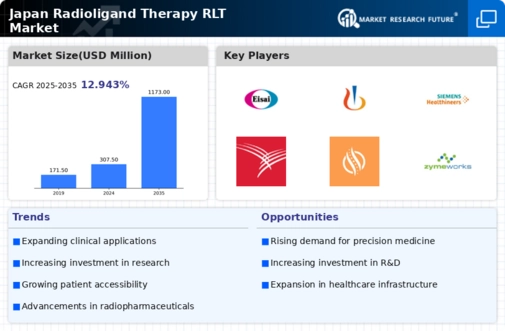
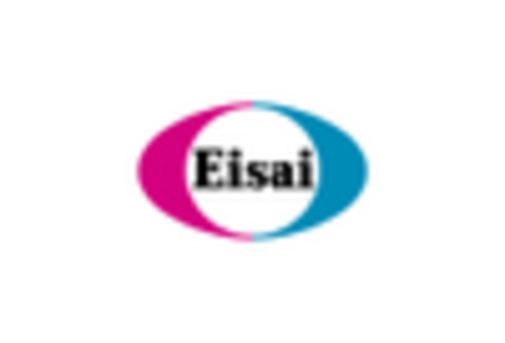
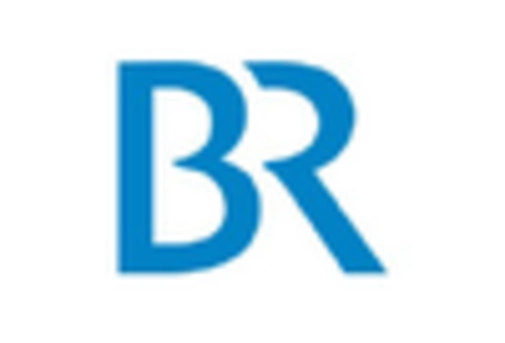
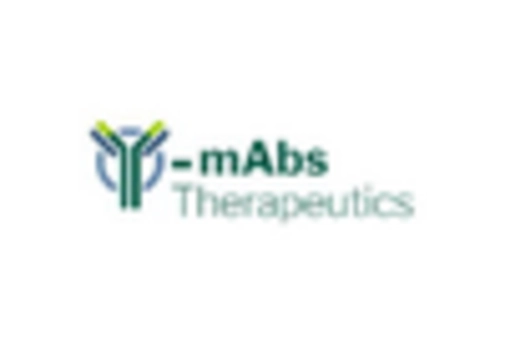
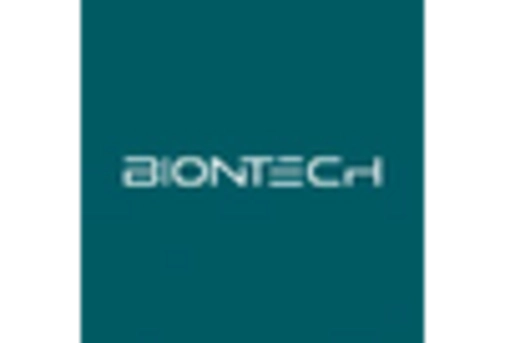
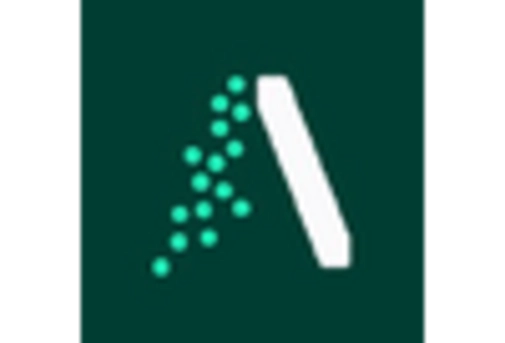
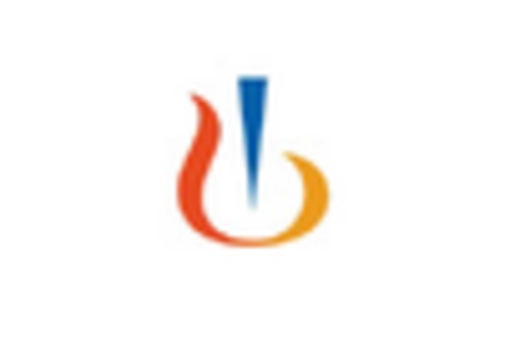
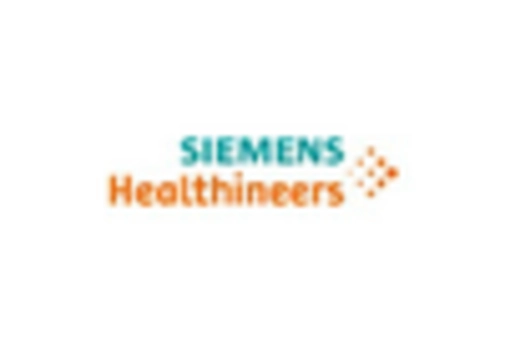


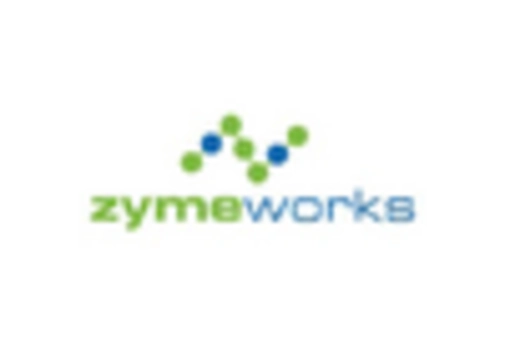








Leave a Comment